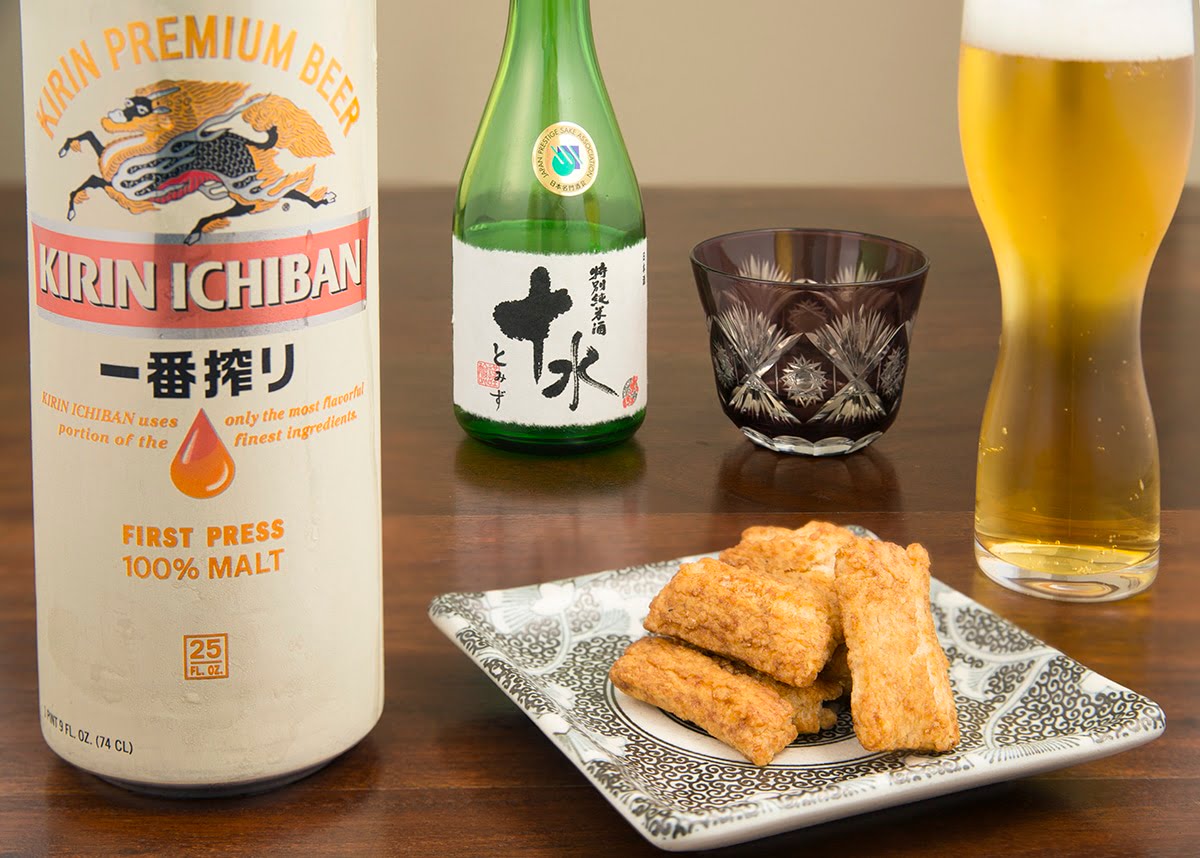The Beginnings of Sapporo Brewery
The story of Sapporo Beer begins in the late 19th century, a period marked by the modernization and rapid industrialization of Japan, known as the Meiji Restoration.
In 1876, the Japanese government, recognizing the potential economic benefits of domestic beer production, established the Kaitakushi Brewery in Sapporo, Hokkaido. This was a strategic move aimed at developing the northern island, which was seen as a frontier region ripe for development.
The government employed Seibei Nakagawa, Japan’s first German-trained brewmaster, who brought invaluable expertise in brewing techniques crucial to establishing a successful brewery.
Nakagawa’s training in Germany provided him with the skills needed to brew in the authentic Bavarian style, which laid the foundation for what would eventually become one of Japan’s most iconic beers.
The choice of Hokkaido as the location for this new venture was also strategic due to its abundant natural resources, particularly its clean water and suitable climate, which are essential for brewing quality beer.
The early challenges were significant, involving technological adaptation and ingredient sourcing, but the brewery’s success soon began to take shape under Nakagawa’s expert guidance.
The initial products from Kaitakushi Brewery were met with enthusiasm, as they catered to a growing interest among Japanese consumers in Western-style beverages.
The success of these early brews laid the groundwork for Sapporo Beer’s enduring presence in the market. The brewery not only survived but thrived, evolving over the decades through innovation and adaptation to market trends.
Technological Advancements and Expansion
By the early 20th century, Sapporo Beer had begun to establish itself as a leader in Japan’s brewing industry.
The brewery embraced technological advancements that enhanced both the quality and efficiency of its beer production.
Innovations such as refrigeration systems, which were crucial for lager production, and the introduction of automated bottling lines were significant milestones that facilitated larger scale production and distribution.
The brewery’s expansion was not just limited to technological upgrades. In 1903, recognizing the need to compete more effectively and increase its market presence, the Kaitakushi Brewery was privatized and became the Sapporo Brewery Company.
This transition marked a major turning point, allowing for more aggressive expansion strategies and marketing campaigns that significantly boosted the brand’s visibility both domestically and internationally.
The interwar period saw further growth and the establishment of Sapporo as a truly national brand. Export initiatives also began during this time, introducing Sapporo Beer to new markets across the Asia-Pacific region.
This not only helped in diversifying the brand’s market base but also in establishing Sapporo as a globally recognized name in the beer industry.
Cultural Impact and Brand Evolution
Sapporo Beer’s influence extends beyond just market success; it has played a significant role in the social and cultural spheres in Japan.
The brand has been a part of many historical and cultural events, becoming synonymous with innovation and quality. Through clever marketing and consistent quality, Sapporo has cultivated a unique identity, aligning itself with both tradition and modernity.
As Japanese cuisine gained popularity globally, Sapporo Beer found its place as a complement to sushi and ramen, becoming integral to the experience of Japanese dining abroad. This association helped boost its popularity, aligning the brand with a global trend towards cultural gastronomy.
Furthermore, Sapporo Beer has made significant contributions to environmental sustainability, another aspect that has enhanced its brand image.
Initiatives such as using renewable energy in brewing processes and promoting recycling have been well received, showcasing the brand’s commitment to environmental concerns.
Global Expansion and Modern Challenges
In the modern era, Sapporo Beer has continued to expand its reach globally. The acquisition of several overseas breweries and the expansion into new markets such as North America and Europe have marked the modern phase of Sapporo’s business strategy.
These moves have not only helped in cementing Sapporo’s presence on the world stage but also in adapting to global competition.
Despite its global success, Sapporo faces challenges such as fluctuating global markets and changing consumer preferences towards craft and boutique beers.
However, by focusing on quality, innovation, and market adaptation, Sapporo continues to maintain its stature as a premium global brand.
At the same time, Sapporo has not forgotten its roots. The company maintains a strong connection to Hokkaido and its origins, promoting local culture and tourism through its brand. This balance of global ambition with local loyalty continues to define Sapporo’s brand philosophy.
The journey of Sapporo Beer from a government-operated facility to a global icon is a testament to its quality, innovation, and adaptability. The brewery’s history mirrors that of modern Japan, reflecting the nation’s growth, challenges, and triumphs. As Sapporo continues to expand and evolve, it remains a beloved symbol of Japanese craftsmanship and cultural pride, offering a unique taste of Japan to the world.
